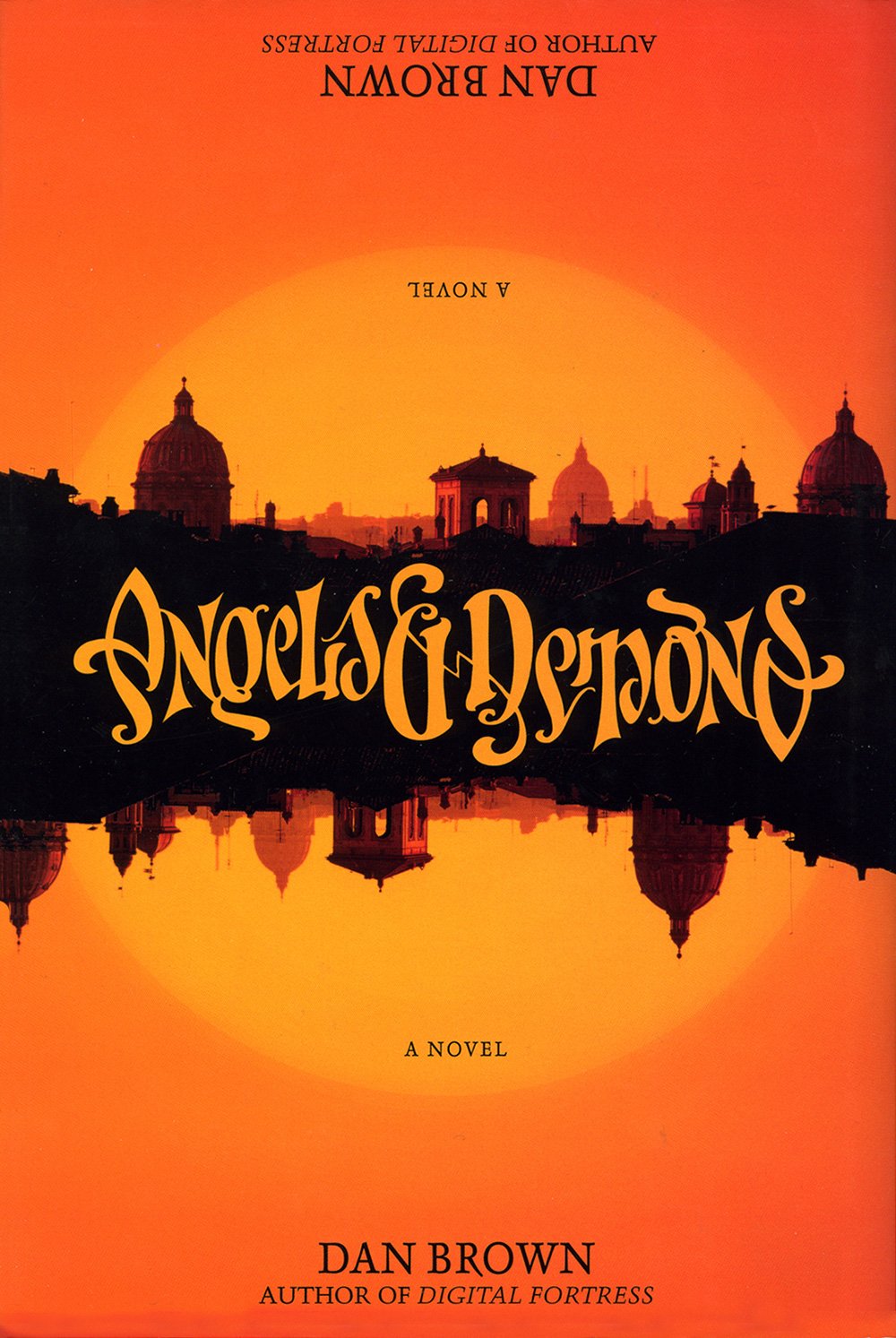When you hear the word ‘mascot’, you probably think of someone dressed in an oversized costume running about at a sports event posing for pictures and hugging people. But in fact, the word ‘mascot’ has quite a sinister history, rooted in black magic and witches. OOOH.
Okay, I might have overegged the pudding ever so slightly. The word ‘mascot’ dates back to the 19th century, and comes from the French word ‘mascotte’, which was used to describe a lucky charm, talisman or magical object. This in turn came from ‘masco’, a Provençal (a dialect of southern France) term for a sorceress or witch. That probably comes from the Old Provençal word ‘masca’, meaning ‘mask’ or ‘spectre’. In the late 19th century, we started using the term to refer to a person, animal or object that brought luck or represents a group, like a sports team.
Sports team mascots are often chosen based on symbolism, characteristics or qualities that are supposed to bring positive energy or success. But sometimes they’re just downright scary. Take Kingsley, who represents Partick Thistle, a professional football club from Glasgow, and looks like a squashed sun with the cold dead eyes of a killer. He was designed by Turner Prize-nominated artist David Shrigley and was unveiled in 2015 to coincide with Thistle’s new sponsorship from investment firm Kingsford Capital Management. Reactions to Kingsley varied from ‘Lisa Simpson on meth’ to ‘the haggard face of the Teletubbies’ sun baby’. Kingsley also has the dubious honour of being the only mascot ever to earn a review from the Guardian’s art critic Jonathan Jones, who compared him to the monsters painted and sculpted by the surrealist Joan Miró. It obviously hit home as well, with Kingsley’s web page on the Partick Thistle site reading as follows:
‘There were a lot of mean things said about me when I first appeared, but I’m not too concerned because I know it’s what’s on the inside that counts. I’m a nice guy really – just a bit misunderstood … I might look a bit angry but I’m really very approachable and I love Partick Thistle. So don’t be scared to come and say hello if you see me out and about.’
Well, he would say that, wouldn’t he?
WT actual F






















